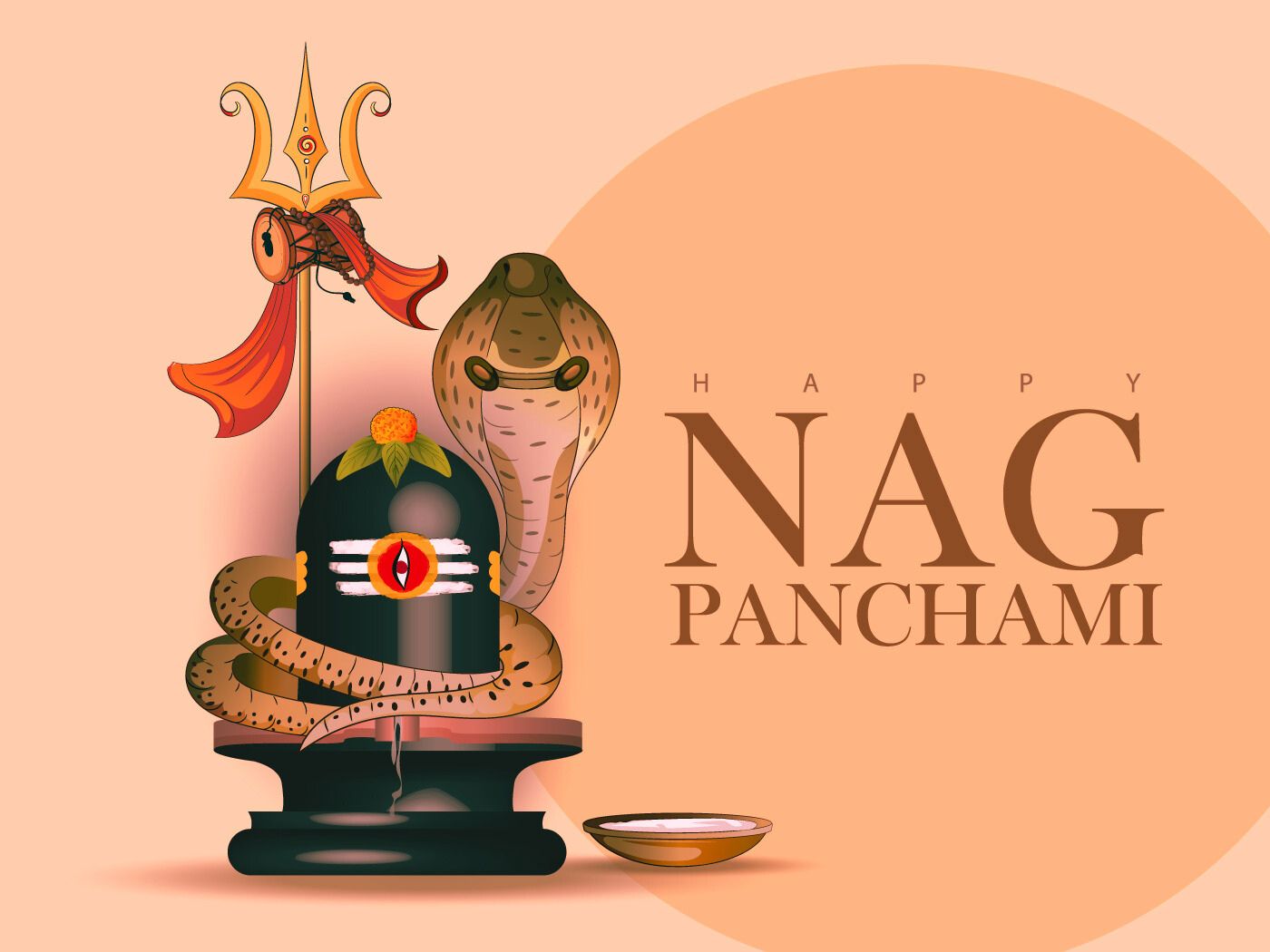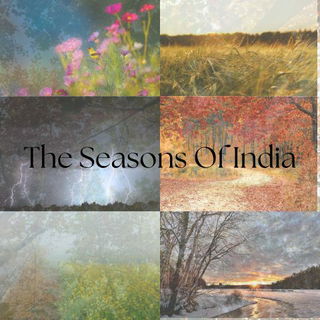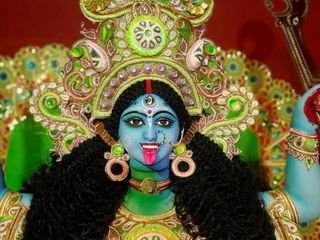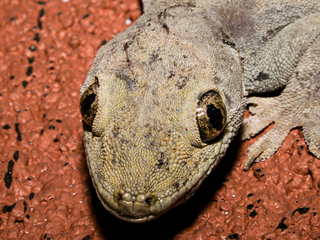- Calendar
- Calendar 2026
- August
- Nag Panchami
Nag Panchami
Nag Panchami is observed every year on the Panchami Tithi or fifth day of the Shukla Paksha in the Hindu month of Sravana.
Dedicated to the worship of snakes especially cobras as they are believed to hold divine power in Hindu mythology, this day falls in the month of July or August in the Gregorian calendar.
The spiritual and religious ceremonies typically beginning in the early morning during the auspicious Purvahna Kala, as Panchami Tithi aligns with this sacred time between sunrise and midday.
Nag Panchami 2025 Date And Timings
In 2025, Nag Panchami will be observed on Tuesday, 29 July.
The Puja Muhurat starts from 05:41 to 08:23 (lasting 2 hours and 43 minutes). The Panchami Tithi begins at 23:24 on 28 July 28 and ends at 00:46 on 30 July.
Gujarat will observe Nag Panchami on Wednesday, August 13.
The History of Nag Panchami
The original tale of Nag Panchami is rooted in Indian scriptures like the Mahabharata, Skanda Purana, Agni Purana, Narada Purana.
These scriptures mention how divine snakes are and the significance of worshiping them.
There is a story in the Mahabharata about King Janamejaya who is the son of King Parikshita from the Kuru dynasty.
The king of snakes, Takshaka once bit King Parikshita and to avenge this, Janamejaya assembled a huge snake sacrifice called Sarpa Satra. It was a powerful ritual meant to kill every snake in the world.
With a special fire altar set up, many revered Brahmin sages came to chant powerful, divine mantras.
This ritual and the chanting was so intense that all snakes were being pulled and started falling into the Yagna Kunda or the sacrificial fire pit.
When they tried to bring Takshaka into the fire, they discovered that he had gone into hiding with Indra, the king of the gods.
Even though Takshaka coiled himself around Indra's bed for protection, the power of the ritual was so intense that even Indra and Takshaka began getting pulled towards the fire.
The gods panicked sought Goddess Manasa's help who is the queen of snakes to stop the destruction.
She agreed and sent her son Astika, who was a young Brahmin to convince King Janamjeya to stop this ritual.
With his deep knowledge of the scriptures, he pleased King Janamjaya offered him a boon and Astika asked him to stop the Sarpa Satra.
Although the sages protested, the king had a rule of never denying a Brahmin's wish. So, he agreed and stopped the ritual.
This ritual was observed on the fifth day of the bright half of the Sravana month during the monsoon.
From that day on, this date became a festival to celebrate the survival of snakes. It is known as Nag Panchami.
On this day, Indra also thanked Manasa Devi by worshiping her.
The Garuda Purana says that offering prayers to snakes on Nag Panchami brings good luck. It's also seen as an auspicious day to feed Brahmins, following tradition.
Significance of Nag Panchami
- Celebrates and honors snakes as sacred and divine beings in Hindu tradition.
- Recognizes serpents as symbols of fertility, rain, protection, and spiritual energy.
- Highlights the close association of snakes with deities like Shiva and Vishnu.
- Observed on the fifth lunar day (Panchami) of the bright half of the Srravana month.
- Serves as a way to seek harmony between humans and nature’s often-feared creatures.
- Worship is believed to prevent snakebites and promote good health.
- Reflects the deep-rooted cultural respect for all living beings, including those misunderstood or feared.
Celebrating Nag Panchami
Nag Panchami is celebrated in various states across India, each with its own unique traditions and beliefs.
In Maharashtra, women decorate their homes by drawing snake motifs called nag chitra on the walls using turmeric and kumkum.
They offer milk, honey, and sweets either to snake idols or to live snakes brought around by snake charmers.
In the southern states like Karnataka, Andhra Pradesh, and Kerala, the festival is marked by visits to temples dedicated to serpent gods, often located in forested regions or near sacred anthills, where elaborate pujas are performed with devotion.
In West Bengal and Assam, Nag Panchami becomes a part of the Manasa Puja, a festival that pays homage to Manasa Devi, the serpent goddess.
Celebrations here are rich with devotional songs, vibrant rituals, and community storytelling that glorifies her powers and legends.
In Uttar Pradesh and Bihar, people offer milk to snakes near burrows and fields, believing it makes the snake god happy and keeps them safe.
Rural homes come alive with folk tales passed down through generations.
In the desert regions of Rajasthan and Gujarat, the day is observed with traditional songs about mythical snake stories, and people offer handmade clay models of snakes at their home altars in reverence.
Across India, Nag Panchami shows deep respect for snakes through songs, rituals, art, and offerings, blending faith, myth, and nature worship.

Other Celebrations
-
Jan 23 Fri
-
Mar 04 Wed
-
Sep 13 Sun
-
Sep 15 Tue
-
Sep 15 Tue
-
Oct 10 SatNavratri Holiday

Nag Panchami - Next years
Saturday, 07 August 2027
Tuesday, 25 July 2028
Tuesday, 14 August 2029











